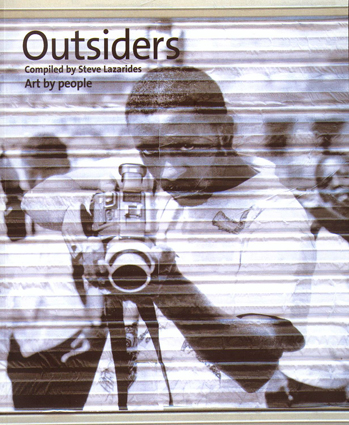'Essentials of Understanding Psychology'
By looking closely at the psychological problems which can face us in our lives, author Robert Feldman looks to increase awareness of these problems and help us understand how they can occur and affect the mind. It also looks at the senses, learning and perception which allows the reader to understand further the workings of the human brain. I looked at the chapter 'Motivation and Emotion - Stress and Coping' as it related to my previous assignment topic. Feldman concentrates here on the symptoms of stress and how sufferers react to the problems it can cause. He even gives the reader a chance to find out 'how stressful' their life could potentially be by listing some common occurrences in peoples lives and rating how stressful they are using number scores. He references 'Marx, Garrity and Bowers', stating that if you score over a certain number you are in danger of suffering from stress-related illnesses in the future. He then looks at how radically a persons mood can change from undergoing different experiences every day. He shows us a table of everyday hassles and uplifts, extracted from a book named 'Hassles' by Chamberlain and Zika. This table shows, in a simple manner, the percentages of people who feel they are experiencing these hassles or uplifts. There seemed to be a huge percentage of people feeling worried by having too many things to do and too little time to do them in, which according to Feldman is a prime cause of stress. Feldman also does his own experiment by enlisting a volunteer and taking her stress levels throughout her day at work. By measuring her blood pressure and heart beat he is able to see clearly that factors such as being told to do something by her boss or realising the amount of paperwork she has to do by a certain time of the day dramatically increase stress levels. Feldman explains clearly that we cannot avoid stress - it is part of being human - yet at times it can be avoided, and should certainly not be allowed to fluctuate to such levels that a person can become unwell. He just wants us to be aware of the damage it can cause, and although a person may look perfectly healthy if their mind is under stress then they are most definitely not well.
'Psychology'
My Opinion
Although I found both books thoroughly interesting and learned a lot from both, I have to say that 'Psychology' was more informative overall. It had more content and references, and provided a better argument for each point that it made. The book seemed in favour of the old shock tactics as it contained some distressing stories and images to go along with the hard facts also on offer. Although the writers could maybe have had a slightly more sympathetic approach to those suffering from stress, in general they remained compassionate throughout. With both books it seemed to be that the authors simply want the readers to become aware of stress and its damaging factors. The detail gone into the research for these is staggering and should not be taken lightly!
Further Research
I think to fully understand this topic it would be interesting to even construct an experiment where you yourself can get involved. A friend who studies psychology told me about an experiment where they measure a persons stress through computer games, the volunteers are simply given a computer game to play, but the level they are playing at is incredibly difficult to complete, thus it causes the player to become stressed and frustrated with both the game and themselves for not being able to complete it. This would be an easy experiment to conduct and noting peoples different reactions would provide some interesting information. I would also try to find some relevant journals on this topic - I was not able to find any in the main library which sounds ridiculous even as I type this because I know there will be plenty, I'm just useless at cross search apparently - and look into them further.
Bibliography
- Feldman, Robert S. (1997) Essentials of Understanding Psychology, McGraw-Hill.
- Gilbert, Daniel T., Schacter, Daniel L., & Wegner, Daniel M. (2009) Psychology, Worth.


















